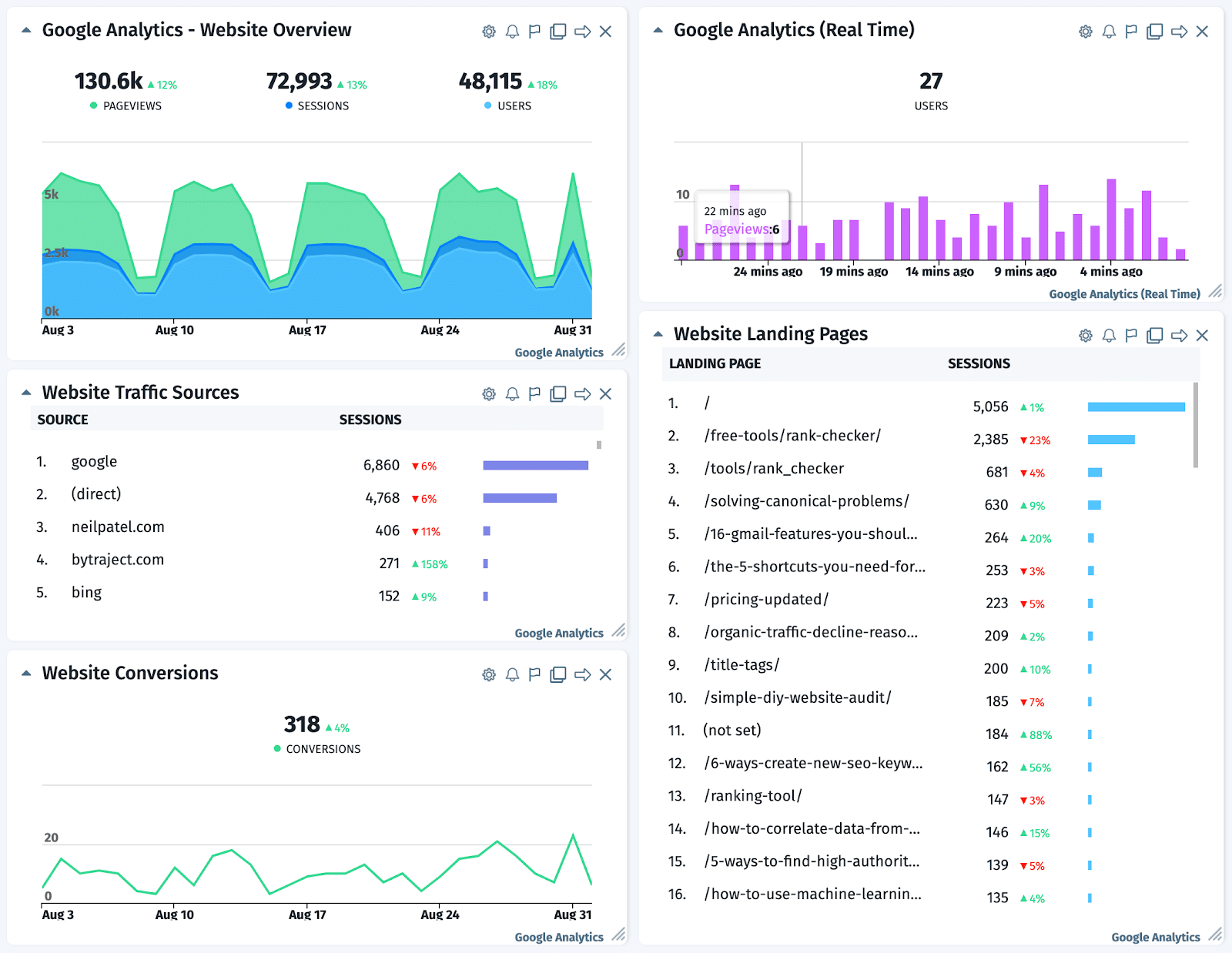In the dynamic world of online presence, understanding user behavior is paramount. Website analytics serves as the guiding compass, offering a detailed tapestry of data that empowers businesses and individuals to make informed decisions, improve user experience, and achieve overall success in the digital landscape.

Understanding Website Analytics: A Comprehensive Overview
The Core Purpose
Website analytics involves the collection, analysis, and interpretation of data related to website usage. This encompasses a wide range of metrics, providing valuable insights into how users interact with the site.
Key Metrics Explored
Website analytics delves into various metrics, including but not limited to:
- Traffic Sources: Identifying where visitors are coming from (e.g., organic search, social media, direct).
- User Behavior: Tracking pages viewed, time spent on the site, and the journey through various pages.
- Conversion Rates: Analyzing the percentage of users completing desired actions (e.g., making a purchase, filling out a form).
- Bounce Rates: Assessing the percentage of visitors who leave the site after viewing only one page.
Utilizing Google Analytics: The Cornerstone of Website Insights
Introduction to Google Analytics
Google Analytics stands out as a powerful tool for gaining comprehensive insights into website performance. Its robust features enable users to track, measure, and analyze various aspects of user interaction.
Traffic Analysis
Google Analytics provides a breakdown of traffic sources, revealing the channels that drive visitors to the website. From organic search and referral links to direct visits and social media, this data aids in understanding the effectiveness of different marketing strategies.
User Behavior Insights
Delving into user behavior, Google Analytics tracks the flow of visitors through the website. Pageviews, session duration, and the sequence of pages visited offer a nuanced understanding of user engagement, helping identify popular content and potential areas for improvement.
Conversion Tracking
For businesses, tracking conversions is crucial. Google Analytics facilitates the measurement of conversion rates, providing insights into the effectiveness of marketing campaigns, landing pages, and overall website design.
Website Speed Optimization: A Critical Analytics Dimension
Importance of Page Speed
One key aspect often analyzed through website analytics is page speed. Users today expect swift loading times, and search engines consider it a ranking factor. Analytics tools reveal which pages may be experiencing slower load times, allowing for targeted optimization efforts.
Optimizing Load Times
Armed with analytics data, website owners can identify bottlenecks in performance. Techniques such as image compression, browser caching, and minimizing HTTP requests can be strategically applied to enhance page speed, leading to improved user satisfaction.
Conversion Funnel Analysis: Enhancing User Journeys
Mapping User Journeys
The conversion funnel is a fundamental concept in website analytics. It visualizes the path users take from initial interaction to a desired conversion, such as making a purchase or filling out a form. Analyzing this funnel helps pinpoint areas where users may drop off, enabling targeted optimization efforts.
Reducing Friction Points
In addition, by identifying potential friction points in the conversion process, website owners can make informed adjustments. This might involve simplifying forms, improving calls-to-action, or addressing any usability issues that could hinder the seamless progression through the conversion funnel.
Mobile Analytics: Navigating the Mobile Experience
Mobile-First Analytics
In the era of mobile dominance, understanding how users interact with a website on different devices is crucial. Analytics tools provide insights into mobile traffic, user behavior on mobile devices, and potential mobile-specific issues.
Responsive Design Validation
Moreover, analytics data aids in validating the effectiveness of responsive design. It reveals how well the website caters to users on various devices, informing decisions on further mobile optimization or adjustments to the overall design.
Continuous Improvement: Leveraging Analytics for Growth
Iterative Analysis and Optimization
Website analytics is not a one-time endeavor but an ongoing process. Regularly analyzing data and making iterative optimizations based on insights is key to staying ahead in the ever-evolving digital landscape.
Content Strategy Refinement
Understanding which content resonates with users allows for a refined content strategy. Analytics insights help identify popular topics, preferred content formats, and areas where fresh, relevant content can be introduced.
Conclusion
In conclusion, web analytics serves as the compass that guides digital strategies toward success. Whether it’s understanding user behavior, optimizing page speed, refining conversion funnels, or adapting to the mobile landscape, analytics data provides the insights needed for informed decision-making and continuous improvement. Embracing the power of website analytics is not just about understanding the past; it’s about shaping a future of growth and user satisfaction in the digital realm.

